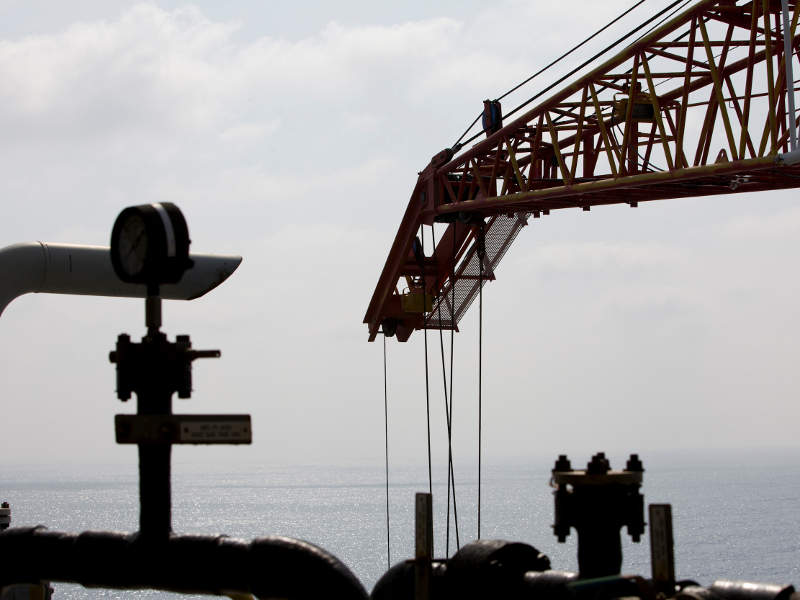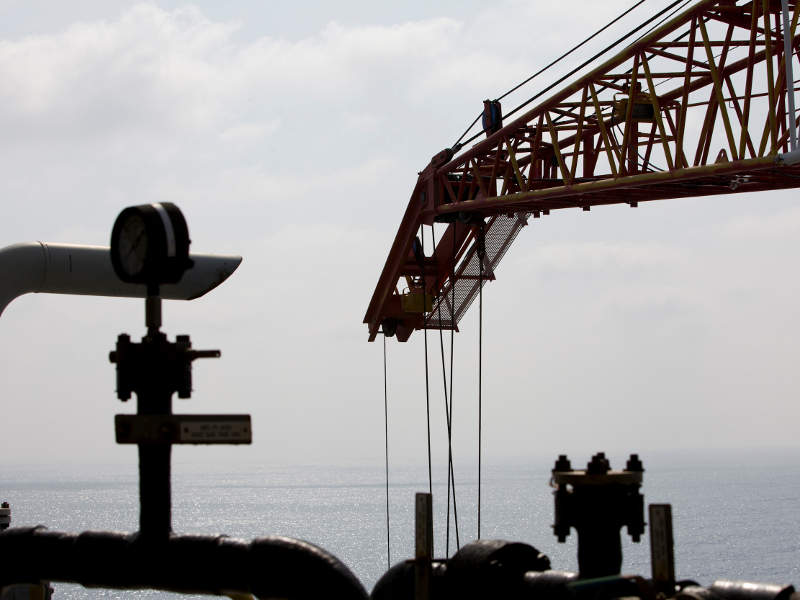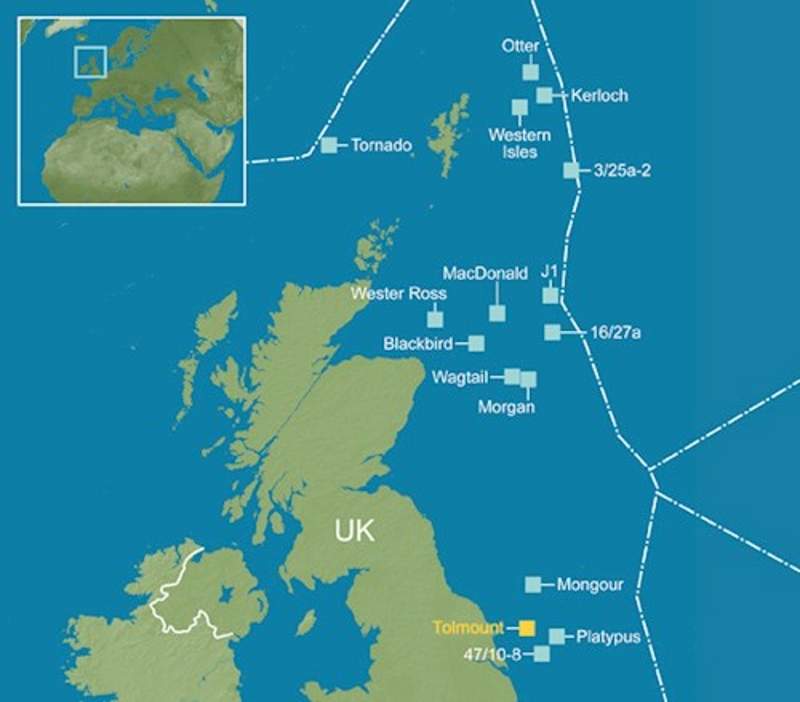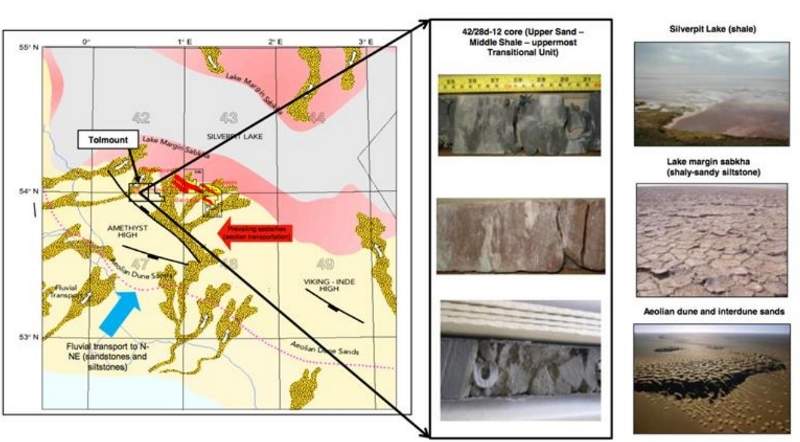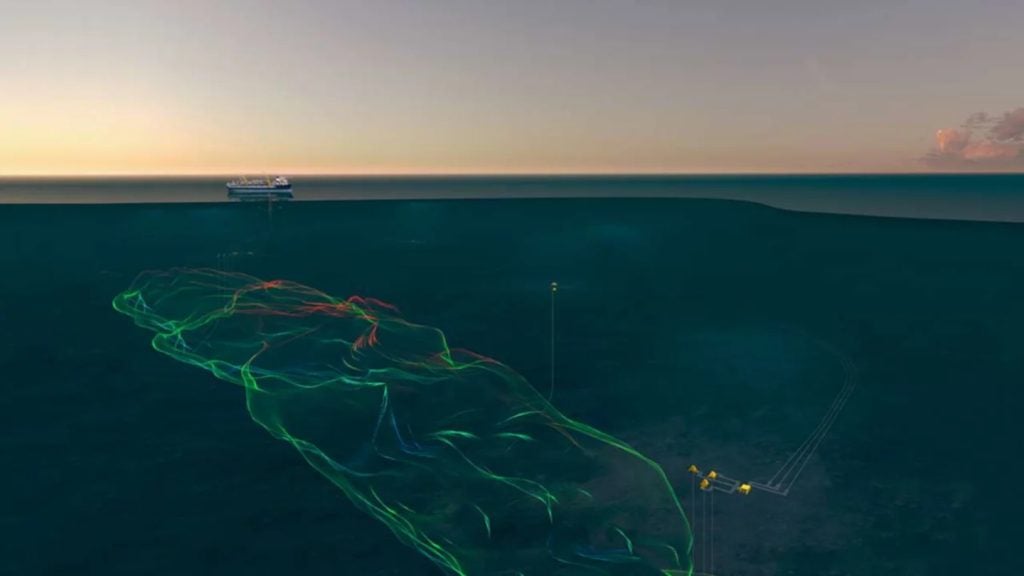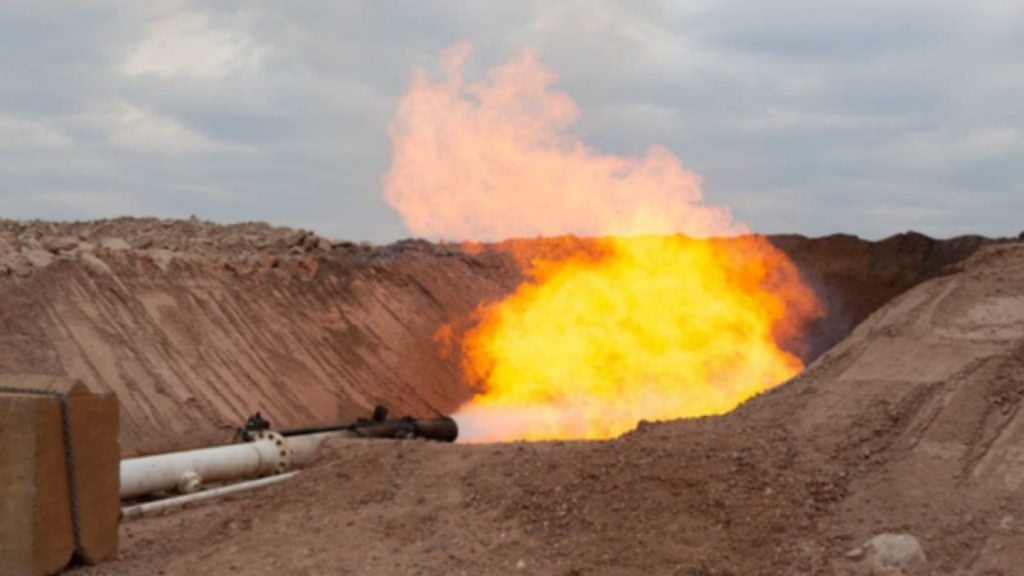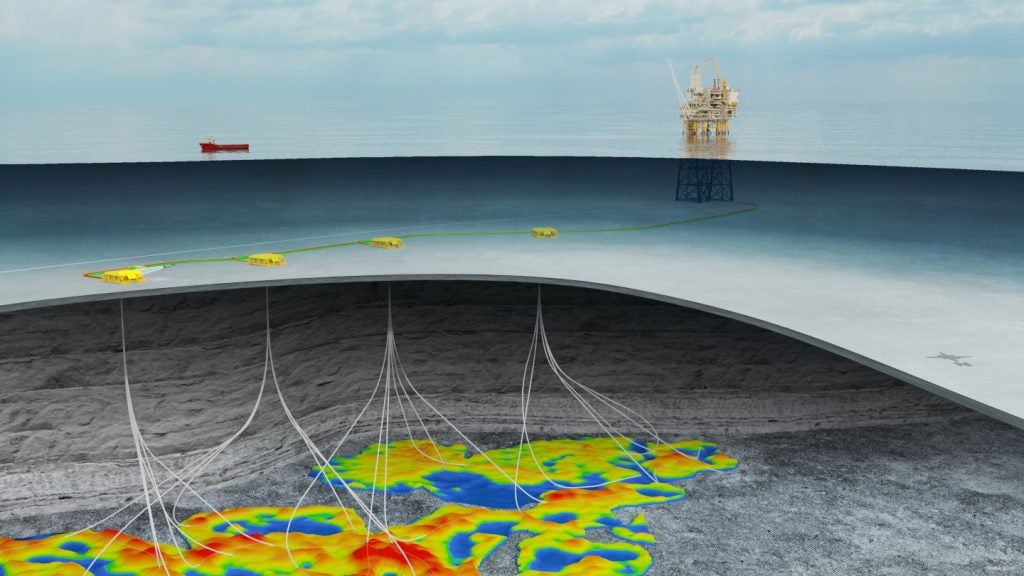
The Tolmount discovery lies in Block 42/28d of the P1330 license, approximately 40mi east of the Yorkshire coast in the southern North Sea, UK.
Block 42/28d was first awarded to Dana Petroleum Exploration & Production (E&P) in December 2005. E.ON E&P farmed into the project in 2010 buying 50% equity, and operatorship of the project.
E.ON sold its entire UK exploration and production (E&P) assets to Premier Oil (Premier) in April 2016, transferring ownership and operatorship of the Tolmount field to the latter. Premier and Dana Petroleum E&P each own a 50% interest in the field.
Tolmount is one of UK’s biggest gas prospects since Breagh, and has significant upside potential. First gas from Tolmount is targeted for 2020 at a peak production rate of around 250 million cubic feet a day (mmcfd).
Discovery of Tolmount prospect
The complex geology of the block presented a number of challenges to E.ON and Dana Petroleum while exploring the prospect. Dana drilled the first exploration well, 42/28d-10, in 2008, but failed to reach the reservoir due to mechanical rig problems. E.ON drilled another well (42/28d-11) and a side-track (42/28d-11z), which also failed due to borehole collapse.
Well 42/28d-12 was drilled by the Ensco 92 jack-up drilling rig in 2011, after extensive planning and redesign. The well was targeted at the Permian Leman Sandstone Formation and successfully encountered a 200ft gas column in the reservoir.
A well test was performed after drilling, which achieved a flow rate of 50.2 million standard cubic feet of gas a day.
Tolmount prospect geology and reserves
Tolmount lies in the Lower Leman Sandstone Formation Play Fairway, which is characterised by Aeolian dunes, fluvial sands and local sabkha. The reservoir is linear with parallel faulting.
The Greater Tolmount Area is estimated to contain up to one trillion cubic feet (tcf) of gas, with the main field (Tolmount Main) containing approximately 540 billion cubic feet (bcf) and the Tolmount East and Tolmount Far East fields estimated to hold a further 220bcf and 150bcf of gas resource respectively.
Appraisal drilling at Tolmount prospect
Tolmount was appraised with the drilling of two appraisal wells, 42/28d-13 and 42/28d-13z, in 2013. The wells confirmed the presence of high-quality hydrocarbons in the Lower Leman Sandstone Formation reservoir.
Tolmount prospect development details
E.ON was already carrying out pre-development activities such as drilling studies, offshore surveys and subsurface activities to design the development plan for the field, before transferring ownership of the field to Premier.
Two development options were considered for the Tolmount gas field, a standalone, normally unmanned installation (NUI) and export to the shore. The second option included development through a 12in, 14km subsea tie-back to nearby infrastructure.
In February 2017, Premier selected the development concept for the development of Tolmount Main, which comprise a standalone normally unmanned installation (NUI) and a new gas export pipeline to shore. The design of the platform includes 1,456t topsides and six slot facilities installed in a depth of 52m.
A 48km-long, 20in diameter pipeline along with a 3in diameter methanol line will transport the produced hydrocarbons to an onshore terminal. Tolmount Main will be developed using four platform wells. Vertical/low angle deviated wells are planned to be drilled on Tolmount reservoir sands, considering the complex geology of the reservoir.
The offshore FEED contracts have been awarded and FEED is expected to take nine months with project sanction targeted for Q1 2018.
Wood Group was selected to provide front-end engineering design (FEED) to the Tolmount offshore field development, in April 2017.
Future phases will involve the development of Tolmount East, Tolmount Far East and Mongour, which could be developed as subsea tie-backs to Tolmount Main or via small platforms.

